Built Heritage Tradition of the San Pedro Bautista Church Complex in Quezon City
Built Heritage Tradition of the San Pedro Bautista Church Complex in Quezon City
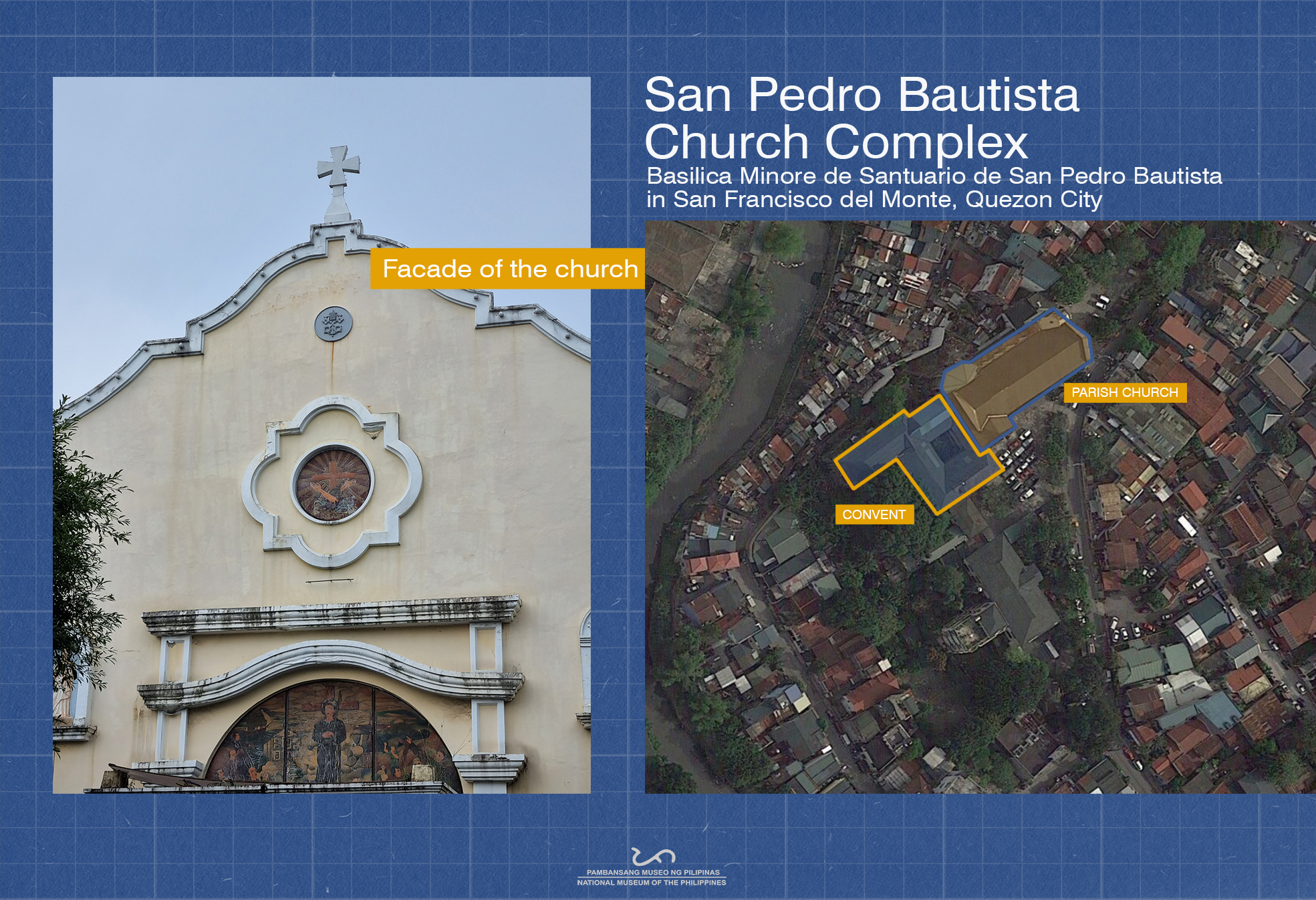
Cover photo featuring façade and location map (A. Arciaga III, 2021)
In our #MuseumFromHome series, this week’s feature of our #BuiltTraditionThursday is the San Pedro Bautista Church Complex, formally the Basilica Minore de Santuario de San Pedro Bautista, founded by Franciscan missionaries to the Philippines in the late 16th century.
The San Pedro Bautista Church Complex traces its origins to a convent and chapel made of nipa and bamboo, dedicated to the Virgin Mary, Our Lady of Montecelli, located on a site granted to the Franciscan missionaries on the 17th of February, 1590. This land grant was facilitated by Governor Santiago de Vera in the name of King Philipp II of Spain. The original chapel was quickly replaced by a wooden structure in 1593, then by a stone structure of adobe (volcanic tuff) in 1599. The stone structure was damaged in the Limahong Uprisings of 1639, and summarily reconstructed in 1699 and dedicated to newly beatified Blessed Pedro Bautista, through the donation of Don Tomas de Endaya, a general and regidor of Manila.
The church complex is extraordinary for having been the residence of San Pedro Bautista, for whom the complex takes its current name, at its foundation, when he was elected Custos or Superior of the Franciscan missionaries to the Philippines. Extant in the complex, situated under the sanctuary of the original church is a cave wherein San Pedro Bautista himself designated as a personal place of prayer and contemplation. The many distinctions of the church led to its elevation as a Minor Basilica through his Holiness Pope Francis, on September 14, 2020, making it the second church of such recognition in the Diocese of Cubao.
Currently, the church complex comprises of the parish church, the convent, and training and accommodation venues for the Franciscans. The parish church is oriented on a northeast to southwest axis with the main entrance at the northeastern terminus. It features a rectangular plan of around 50 meters in length and 20 in width, with a single nave characteristic of early Filipino Christian architecture. The main altarpieces feature three Baroque retablos on a raised platform at the southwestern end. The convent and its open areas are adjacent to the southwestern side of the church proper and includes the Patio de San Francisco, the central courtyard of the complex. The convent and courtyard feature brick and cut stone masonry, with some sections remaining exposed and un-plastered as an enduring showcase of the structure’s craftmanship.
At present, the church complex is in a good state of conservation and maintenance, as both the parish church and convent have retained their distinct architectural characteristics through its prolonged use. The Minor Basilica as a whole is also a declared Important Cultural Property of the National Museum of the Philippines, as an acknowledgement of its cultural and historical significance and its standing as an exemplification of Philippine built traditions.
Text and illustrations/photos by Ar. Armando Arciaga III, AABHD
-
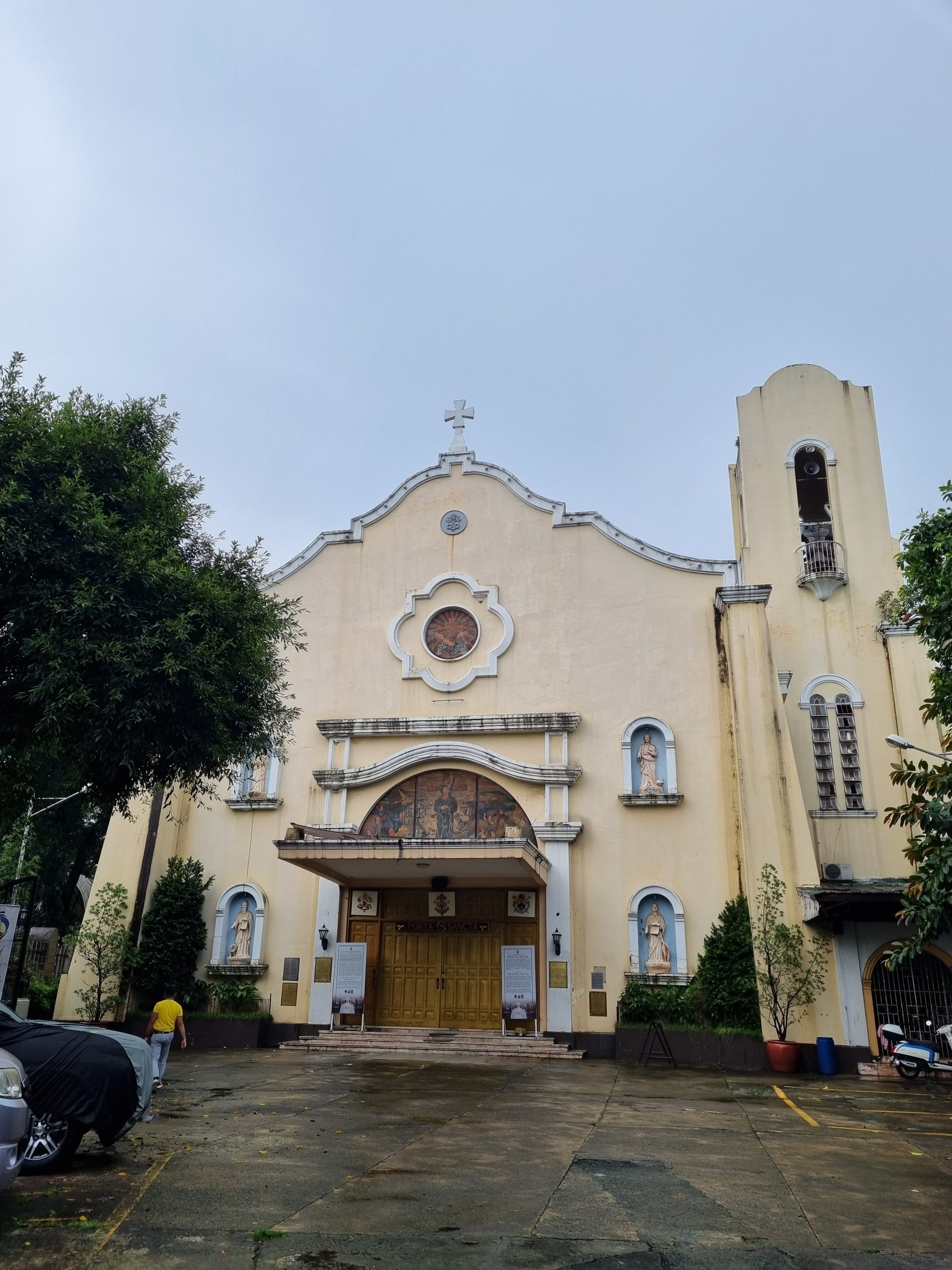
Full façade of the church (A. Arciaga III, 2021)
-
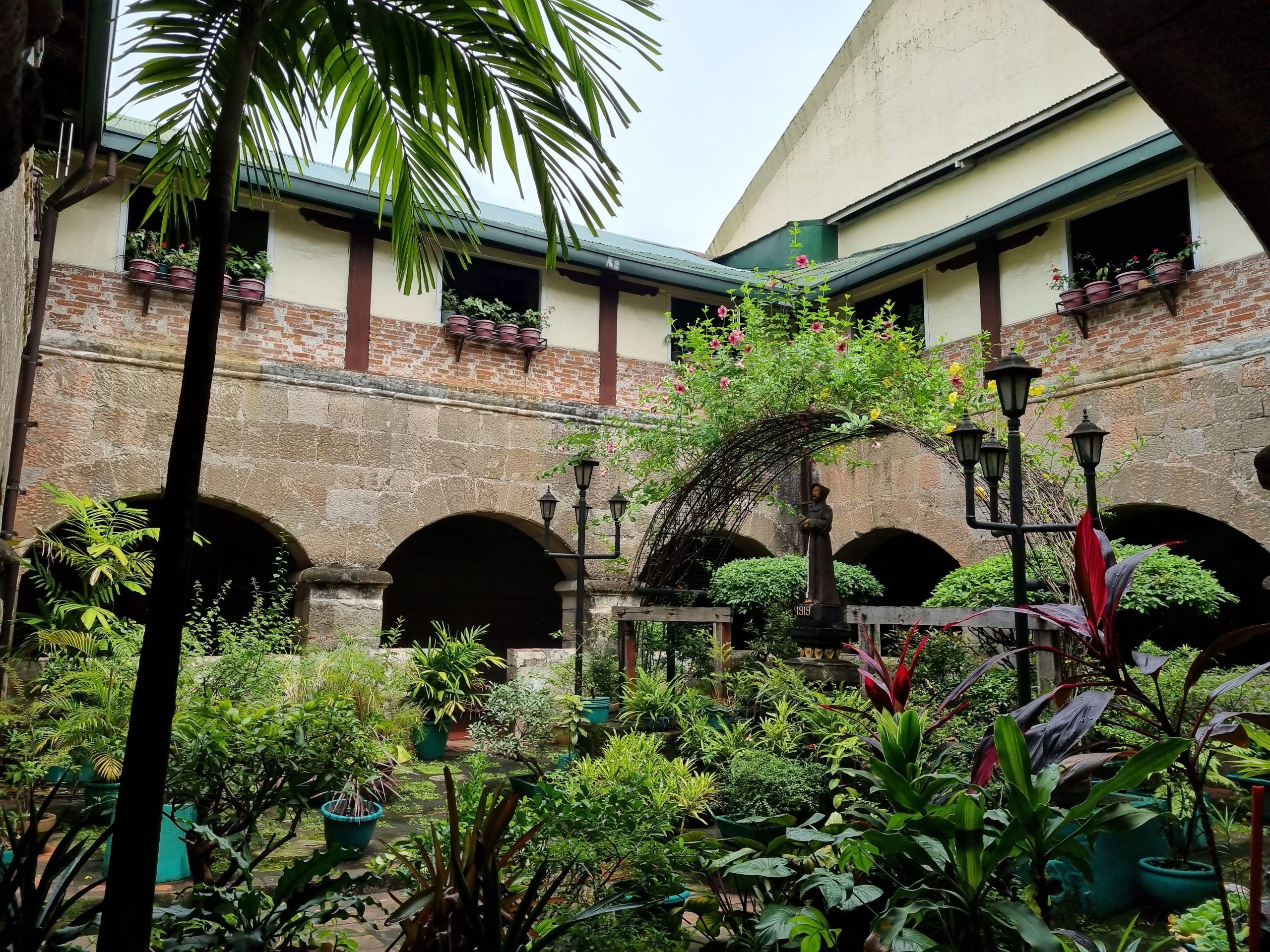
Patio de San Francisco, the courtyard of the church convent (A. Arciaga III, 2021)
-
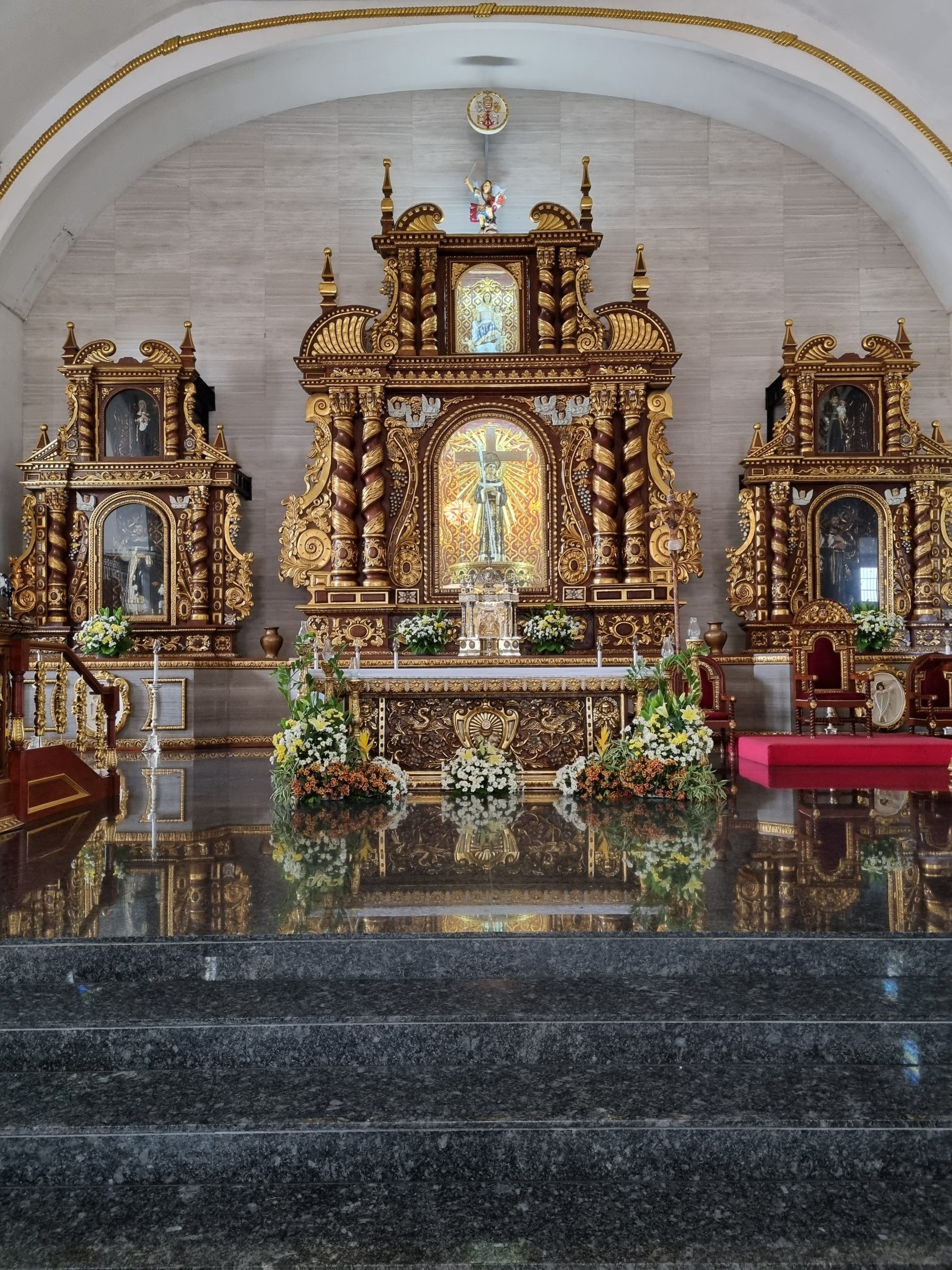
Main altar showing retablos of the parish church (A. Arciaga III, 2021)
-
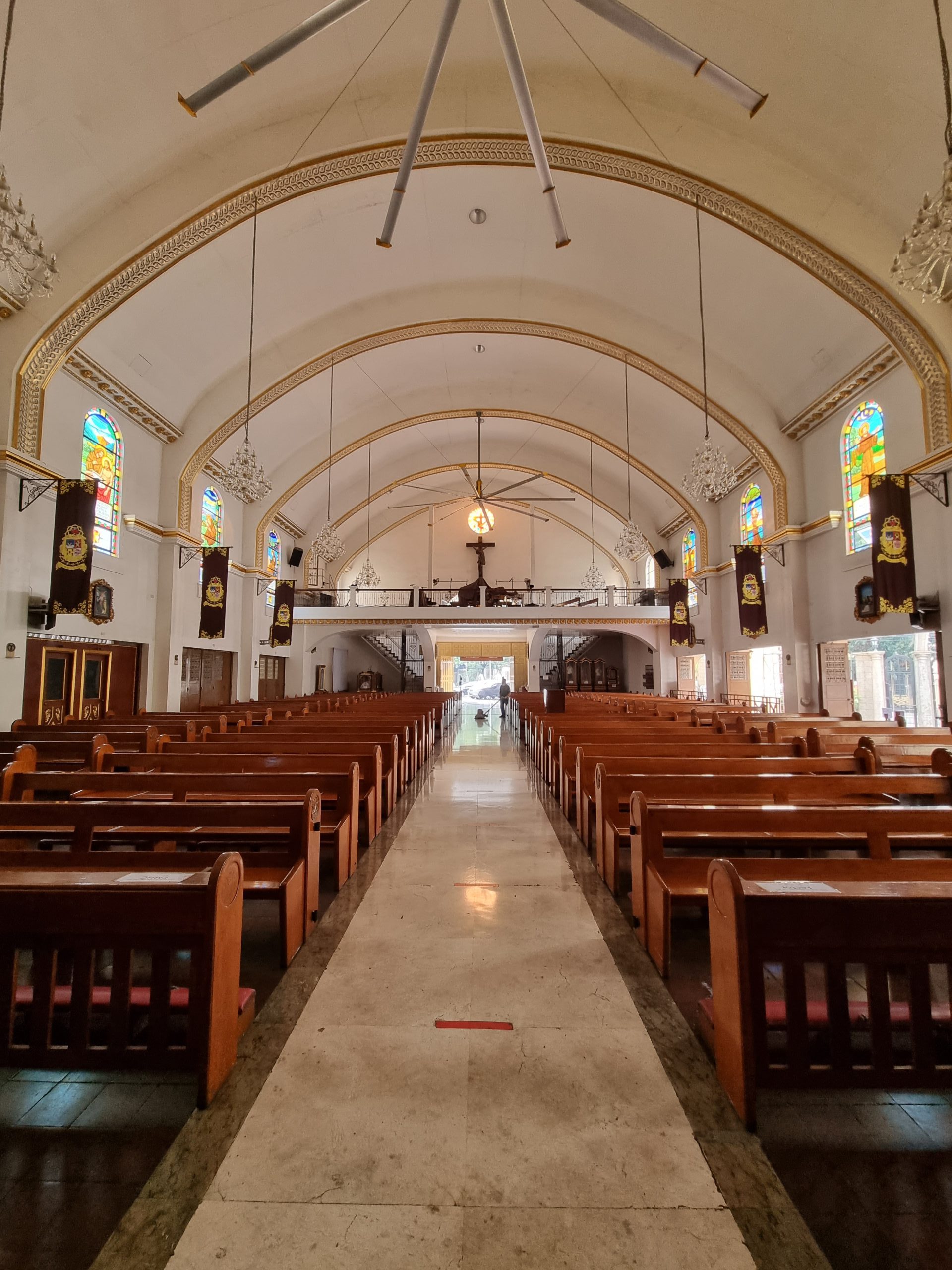
Interior of the church looking down the nave from the altar (A. Arciaga III, 2021)
-
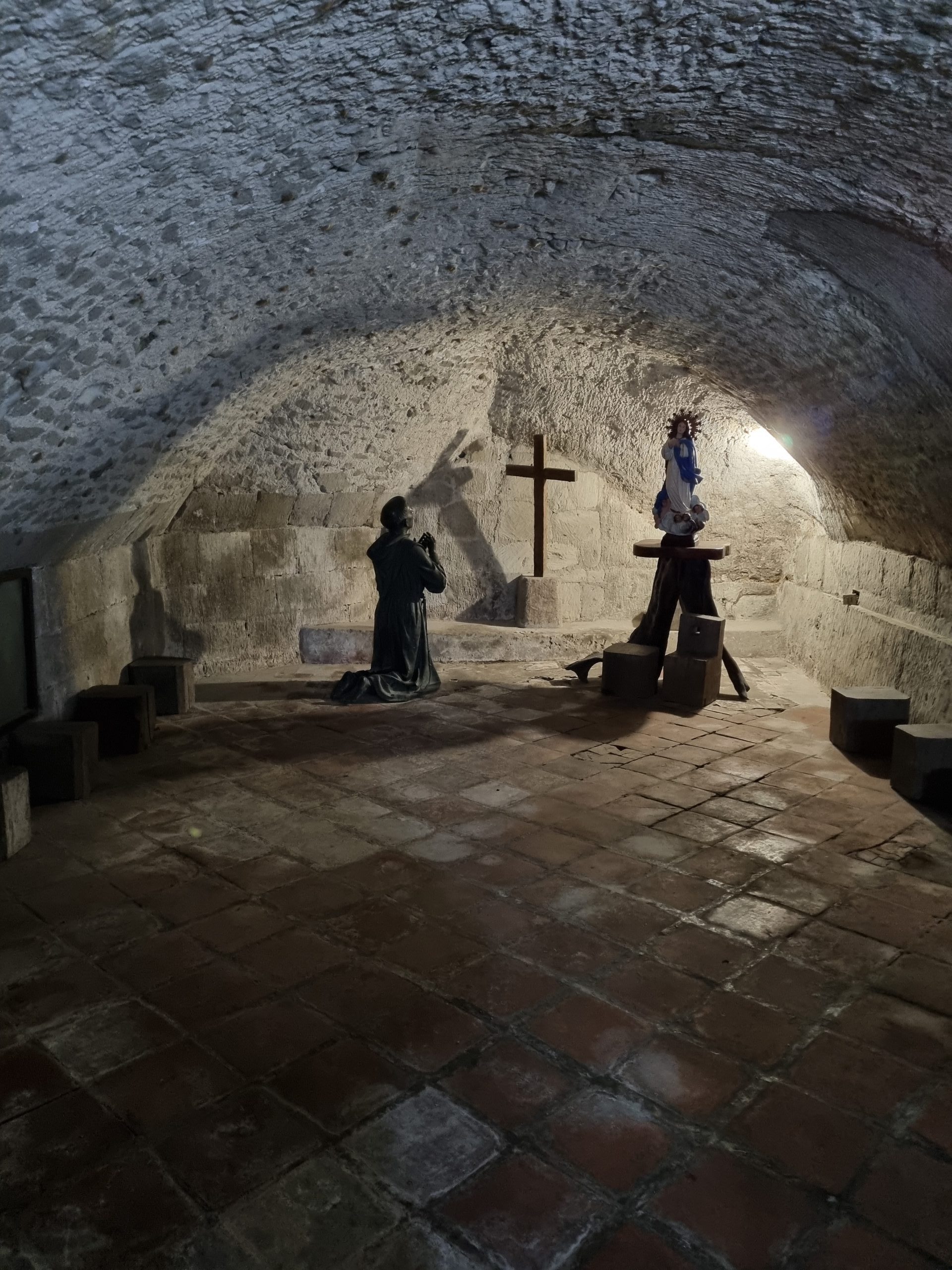
Cave underneath the church, personal place of reflection and prayer of San Pedro Bautista and the Franciscan missionaries (A. Arciaga, 2021)











